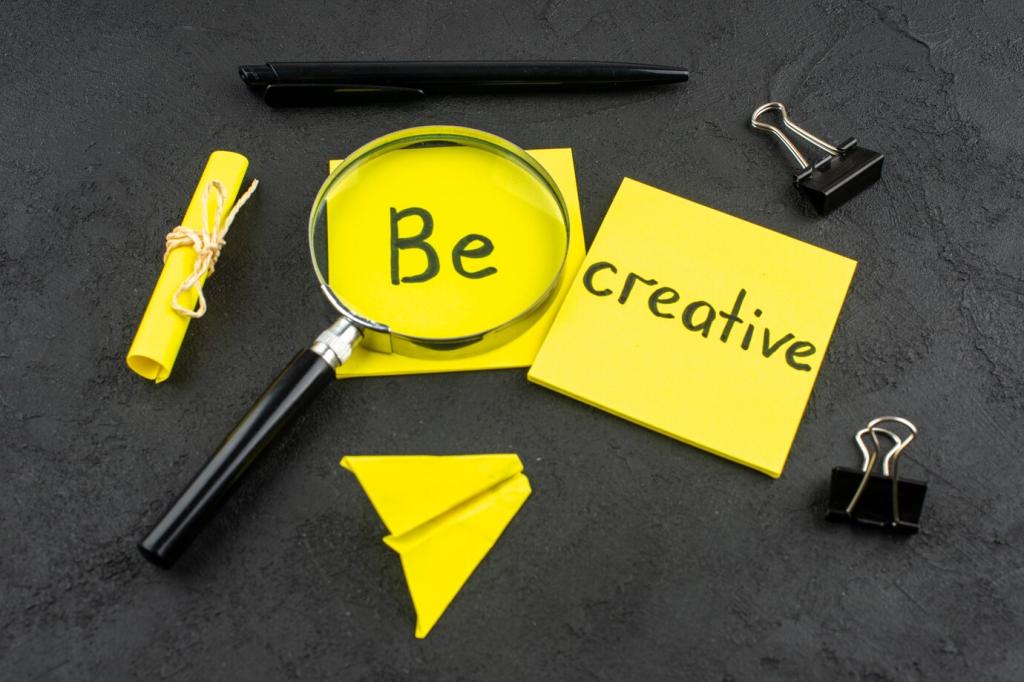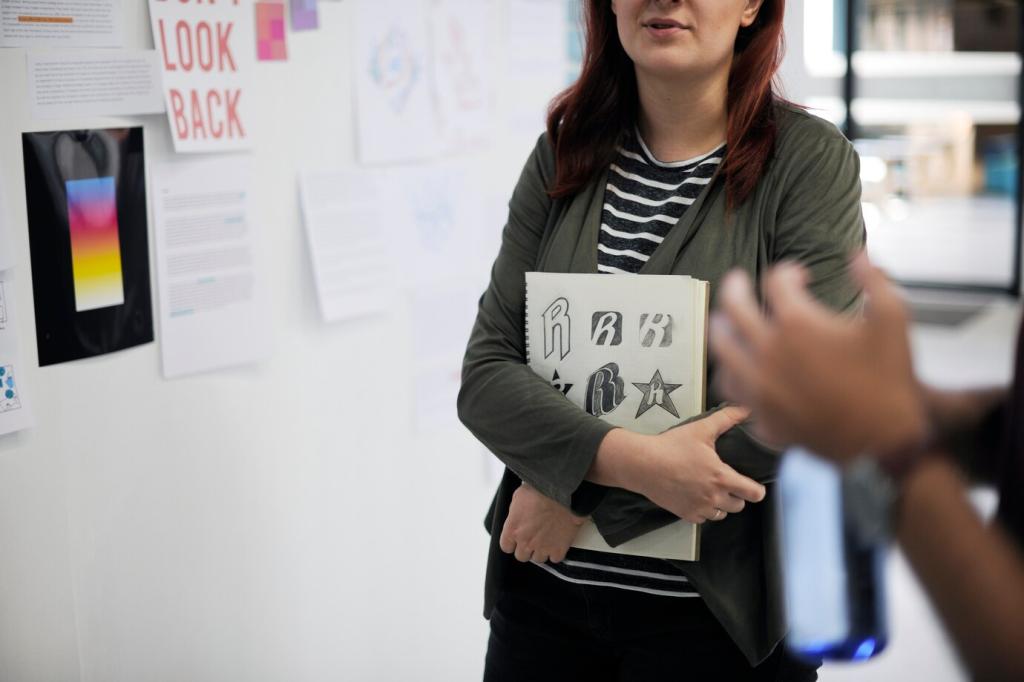Chosen theme: Writing Compelling Copy for Interior Design Marketing. Step into a world where materials, light, and layout become persuasive language. Learn to write copy that attracts ideal clients, elevates your brand voice, and inspires readers to take thoughtful action—subscribe, comment, and continue the conversation.
Know Your Design-Loving Audience
Build Insightful Personas
Sketch detailed personas: Elena, a busy founder craving minimalist calm with hidden storage; Karim, a developer seeking upscale finishes that photograph beautifully; Priya, a family-focused reader who wants durable elegance. Write to their lived realities, not vague demographics.



Headlines That Sell Space in a Single Breath
Replace “Custom Joinery for Apartments” with “Bespoke Storage That Restores Morning Calm.” Benefits anchor attention because they mirror readers’ daily moments. Invite followers to vote on benefit-first headlines in your next story or newsletter poll.
Headlines That Sell Space in a Single Breath
Use concrete imagery: “Sun-washed oak, soft linen, and a wider doorway turn a cramped galley into a quiet ritual.” Specificity builds trust and helps clients imagine living inside your design decisions, not merely looking at them.
Narratives That Transform Portfolios into Proof
01
Before-and-After Arcs with Meaning
Go beyond “before/after” photos. Describe the constraint, the insight, the intervention, and the measurable change. In one loft project, shifting storage wall depth by four inches unlocked daylight and raised inquiries after publication.
02
Let Clients Speak in Their Own Words
Curate quotes that show transformation: “I finally exhale when I open the door.” Place testimonials at decision points, not in a separate page. Invite readers to submit a question for a future client Q&A feature.
03
Structure That Converts Browsers into Briefs
Use a repeatable case-study flow: context, goals, constraints, design moves, materials, results, lessons. Add a soft CTA: “Want this level of clarity? Download our project planning checklist.” Encourage sign-ups to receive the template.


Voice and Tone: Make Your Signature Style Legible
Minimal luxe favors restraint, precision verbs, and sensory details that whisper. Playful eclectic embraces rhythmic sentences and unexpected metaphors. Choose intentionally, then commit. Share two sample sentences; ask followers which version feels truer to your portfolio.
Voice and Tone: Make Your Signature Style Legible
Audit website, Instagram, proposals, and email signatures for drift. Align punctuation, capitalization, and terminology for materials and finishes. Consistent microchoices compound into brand trust, signaling the same rigor you bring to detailing.
SEO That Keeps the Poetry Intact
Find Intents, Not Just Keywords
Group terms by intent: inspiration, evaluation, hiring. For example, “small apartment entry ideas” signals early exploration, while “interior designer for brownstone renovation” suggests readiness. Write pages that meet each stage gracefully and guide the next step.
Describe Images Like a Designer
Craft alt text that reads beautifully and informatively: “north-facing bedroom with gauzy sheers, limewashed walls, and a low-profile walnut bed.” You honor accessibility, support SEO, and extend the sensory experience beyond the photograph.
Local Signals with Taste
Blend locality into stories, not stuffing: mention neighborhoods, architectural eras, and material suppliers you trust. “A calm refuge on a busy Notting Hill corner” feels human and still helps nearby readers find the right studio.

Offer Gentle Next Steps
Swap “Book Now” for “Start Your Project Conversation” or “See If We’re the Right Fit.” Add low-commitment options: a moodboard download or a checklist. Ask readers which option they’d choose and why.
Buttons and Microcopy with Purpose
Button labels should describe outcomes: “Explore the Materials Palette” or “Preview Our Timeline.” Microcopy near forms reduces anxiety: “We reply within two business days.” Invite subscribers to submit their favorite button phrasing for feedback.
Reduce Form Friction with Words
Explain why you ask for budget ranges or timelines. Transparency turns hesitation into momentum. Offer a note: “A ballpark helps us recommend the right path.” Encourage replies with questions you can answer publicly.

Social and Email: Keep the Narrative Flowing
Write captions that guide the eye: foreground texture, mid-depth focal point, and the light source. Add a micro-lesson on how that choice supports function. Ask followers to comment with what they notice first.


Ethics and Authenticity Build Trust
Avoid guarantees on permits, lead times, or supplier stock. Frame expectations with ranges and contingencies. Your copy should model the same realism you bring to project planning, reinforcing credibility at every touchpoint.
Ethics and Authenticity Build Trust
Name artisans, trades, and brands when possible. It educates readers and elevates your ecosystem. Invite your community to tag collaborators; consider a recurring spotlight that celebrates the craft behind each finished room.
